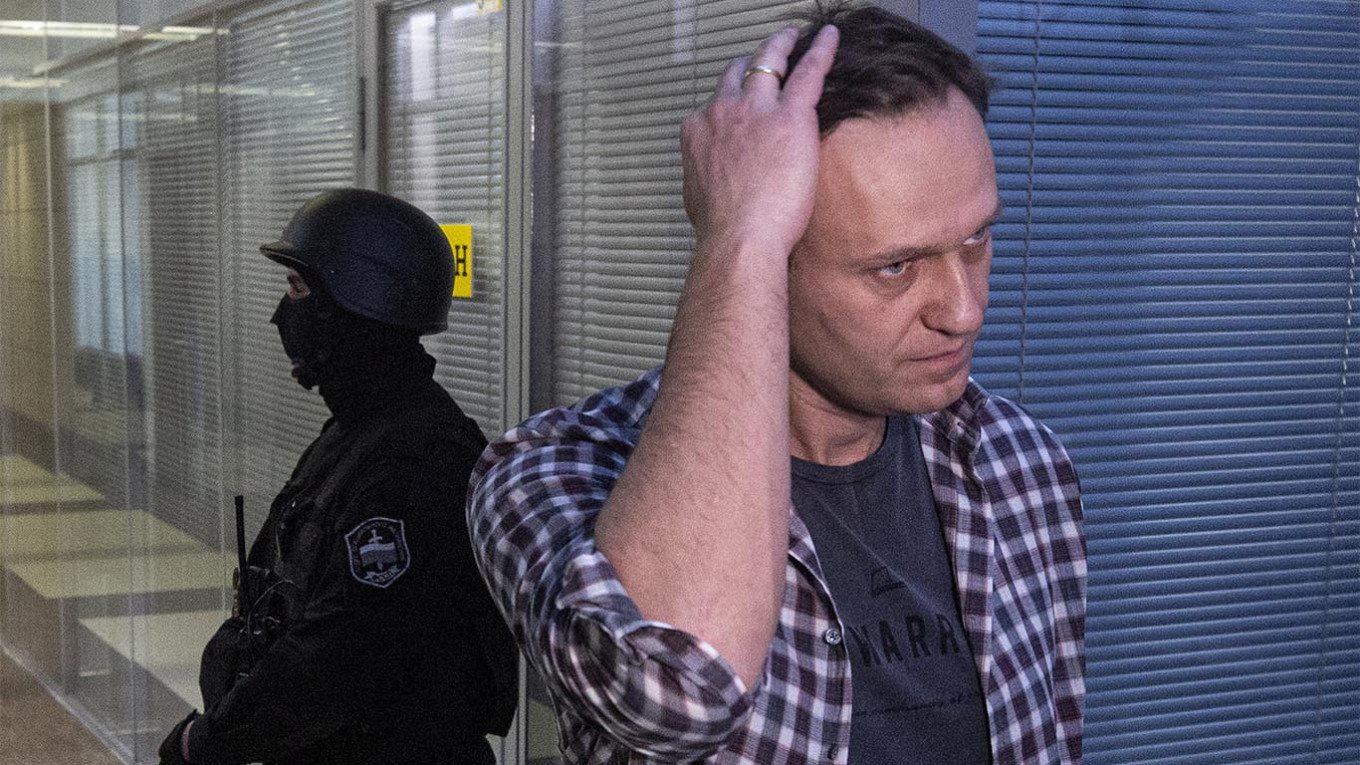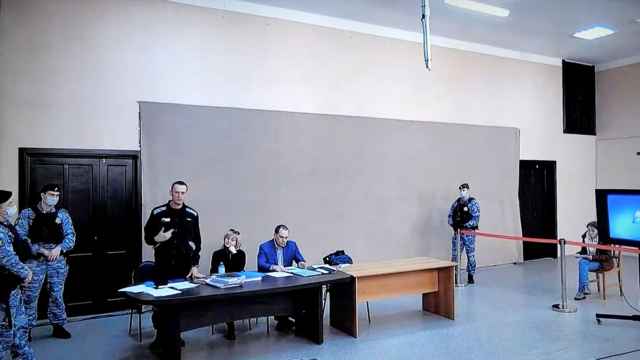The Russian ruble suffered its biggest daily fall in almost six months after the German government said opposition leader Alexei Navalny had been poisoned with Novichok.
The currency lost more than 2.5% on the news to trade at 75.6 against the U.S. dollar — its lowest reading since the beginning of May, when Russia’s coronavirus pandemic was at its peak.
“The substance in Navalny’s organism is undoubtedly from the Novichok family,” German government spokesperson Steffen Seibert said in a statement. That is the same family of nerve agents which was used against former Russian spy Sergei Skripal in 2018 in Sailsbury, U.K.
Germany said it was demanding an explanation from Moscow and would discuss the issue with the EU and NATO.
Analysts and traders see the ruble as particularly vulnerable to geopolitical developments, and interpreted the confirmation Navalny was poisoned by Novichok as having heightened the possibility that western countries could slap new sanctions on Russia.
The currency is now down 20% against the U.S. dollar this year, having slid dramatically at the start of the coronavirus pandemic as global oil prices fell and it became clear Russia’s earnings from its lucrative oil exports would be significantly hit.
The 2.6% daily fall was the sharpest downwards movement since Mar. 13, when global financial markets were in freefall as their digested news of the coronavirus pandemic’s spread across Europe.
The ruble was also down 1.6% against the euro at 89.1 — just shy of its weakest ever reading. Against the pound sterling, the ruble crossed the symbolic threshold of 100 to trade at 100.3.
A Message from The Moscow Times:
Dear readers,
We are facing unprecedented challenges. Russia's Prosecutor General's Office has designated The Moscow Times as an "undesirable" organization, criminalizing our work and putting our staff at risk of prosecution. This follows our earlier unjust labeling as a "foreign agent."
These actions are direct attempts to silence independent journalism in Russia. The authorities claim our work "discredits the decisions of the Russian leadership." We see things differently: we strive to provide accurate, unbiased reporting on Russia.
We, the journalists of The Moscow Times, refuse to be silenced. But to continue our work, we need your help.
Your support, no matter how small, makes a world of difference. If you can, please support us monthly starting from just $2. It's quick to set up, and every contribution makes a significant impact.
By supporting The Moscow Times, you're defending open, independent journalism in the face of repression. Thank you for standing with us.
Remind me later.






